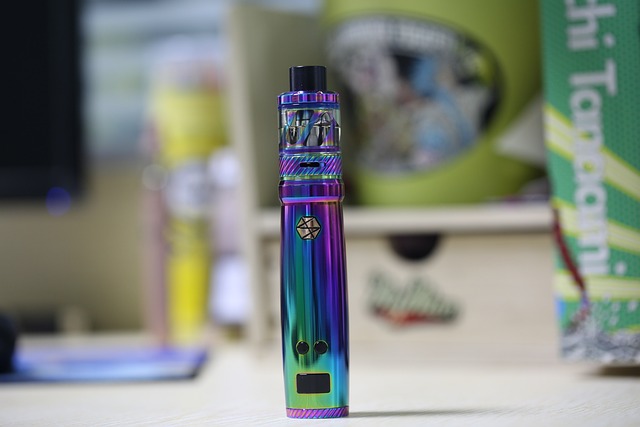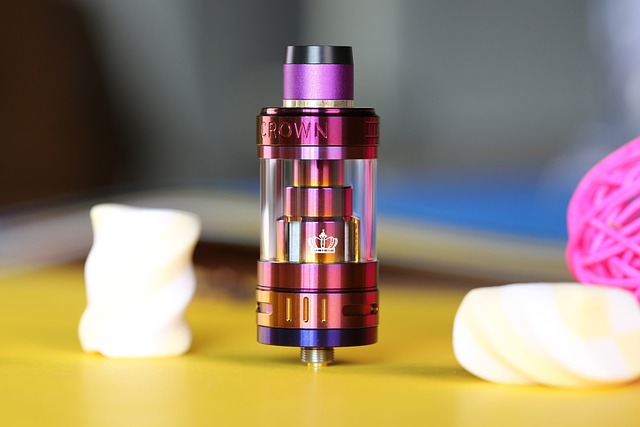body {
font-family: Arial, sans-serif;
line-height: 1.6;
padding: 20px;
background-color: f4f4f4;
color: 333;
}
h2 {
color: 2c3e50;
margin-top: 20px;
}
table {
width: 100%;
border-collapse: collapse;
margin-top: 20px;
}
th, td {
padding: 15px;
text-align: left;
}
tr:nth-child(even) {
background-color: ecf0f1;
}
th {
background-color: 3498db;
color: white;
}
strong {
color: e74c3c;
}
Introduction: The Evolution of Concentrate Consumption
In the ever-evolving landscape of cannabis consumption, one tool has emerged as a game-changer for enthusiasts and casual users alike: the nectar collector kit. Unlike traditional methods of consuming concentrates, such as dabbing with a rig, nectar collectors offer unique advantages that elevate the experience. This article explores how nectar collectors have transformed concentrate consumption, delving into their design, functionality, and the benefits they provide over conventional methods.
The Anatomy of a Nectar Collector
A typical nectar collector consists of three main components: a mouthpiece, a heating element, and a catchment chamber. The basic functionality is straightforward: the user heats the tip of the collector and then dips it into a concentrate, drawing the vapor through the mouthpiece. This design makes it portable, efficient, and easy to use.
Why Choose Nectar Collector Kits?
Nectar collectors present various advantages that appeal to a broad range of users. Here are some of the key benefits:
- Portability: Most kits are compact and easy to transport, making them ideal for on-the-go use.
- Ease of Use: The learning curve is minimal compared to traditional dabbing techniques.
- Efficiency: Users can efficiently consume concentrates without waste.
- Versatility: Many kits are compatible with various types of concentrates, offering more options.
Comparing Nectar Collectors and Traditional Dabbing
| Feature | Nectar Collector Kits | Traditional Dabbing |
|---|---|---|
| Portability | Highly portable | Less portable |
| Ease of Use | Simple and intuitive | Requires skill |
| Efficiency | Minimal waste | Some waste potential |
| Versatility | Compatible with various concentrates | Limited to certain types |
Case Study: User Experiences with Nectar Collectors
To better understand the impact of nectar collectors, let’s look at a few case studies of users who have transitioned from traditional dabbing to nectar collectors. User feedback reveals several common themes:
- Convenience: Many users appreciate the simplicity and minimal setup required for nectar collectors.
- Flavor: Users report that the vapor produced is tastier, with a potency that rivals that of traditional dabs.
- Discretion: The small size allows for discreet use, making it easier to enjoy concentrates in social settings.
The Future of Concentrate Consumption
As the adult-use cannabis market continues to mature, the demand for efficient and enjoyable consumption methods grows. Nectar collectors fit seamlessly into the lifestyle of modern cannabis users, providing an enjoyable alternative to traditional methods. Manufacturers are also innovating with new designs, materials, and technologies to optimize these kits further.
Questions and Answers
1. What are the best materials for nectar collectors?
Glass nectar collectors are among the most popular due to their purity and ability to preserve flavor. Silicone is another excellent option, especially for those who prioritize durability and portability. Metal can also be found in some models, but it may impact the flavor. Each material offers unique benefits of its own.
2. Can I use a nectar collector with any concentrate?
Most nectar collectors are versatile and can be used with various concentrates, including waxes, shatters, and oils. It’s essential to ensure that the concentrate is of high quality and suitable for vaporization to get the best experience.


3. How can I maintain my nectar collector?
Maintaining a nectar collector is simple. Regular cleaning is recommended to avoid residue buildup, which can affect flavor and usability. Most glass components can be cleaned using isopropyl alcohol and salt. For silicone and metal pieces, warm water and mild soap can suffice.





